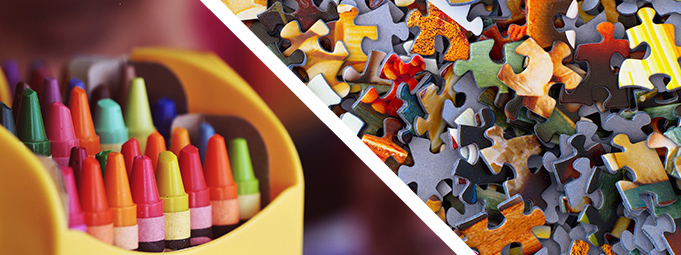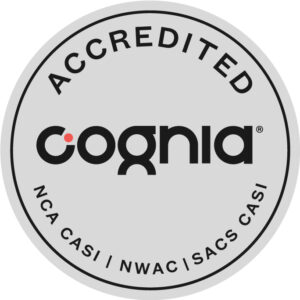
Classrooms are a place where students grow mentally and academically. Regardless of any subject, teachers should be introducing topics and lesson plans every student can learn from. What can we do to transform 21st-century education? Implementing PBL is a great start. The two main PBL’s are project-based learning and problem-based learning. Sharing the same acronym, people tend to confuse the terms with one another. Although they sound similar, both have different approaches. Project-based learning will lead to different results than problem-based learning. Here’s what you should know to distinguish between these two effective learning tools!
Both processes engage students in their work and allow them to dive into practical issues and how to solve them. What separates the two concepts is the perspectives that students take to solve a problem.
Project-based learning involves both the teacher and the student . Through this approach, students actively explore real-world challenges. By developing a product or presentation, it is a dynamic process that involves an instructional approach. Furthermore, project-based learning follows general guidelines where students work together to investigate and respond to an authentic, engaging, and complex question.
On the other hand, problem-based learning is a student-centered pedagogy. After learning about a certain topic, students work together to solve a problem that may lead to numerous results. In other words, there is no right or wrong answer. Instead, there are many sets of reasonable outcomes.
Both project and problem-based learning follow similar guidelines. Teachers and students who are new to PBL and are eager to utilize it, can get started now! The following steps are a guideline to help execute project and problem based-learning.
Both project and problem-based learning are promoting today’s education. Just by implementing PBL, students prepare themselves for academic and career success. It reveals opportunities for students to face the challenges of the world around them. With project-based learning, they create projects based on real-world issues and collaborate with others to make conclusions. The process helps students develop deep content knowledge and enhances their communication, creativity, and critical thinking skills. Similarly, problem-based learning is empowering teachers and students to research and practice, while applying knowledge to establish solutions. Overall, PBL can bring fascination and creativity right to your classroom walls. In short, it helps students develop the following skills:
Perhaps a great way for teachers to get involved with PBL is by putting together a project with their students. Have class discussions to identify a specific issue, then use research and critical thinking to determine its solution. For example, one project could be using Minecraft to build compatible spaces for a specified group. Students will have to put together a list of factors and consider every aspect that will make the space suitable for living. Renton Prep uses Minecraft to build on problem-solving, collaboration, and future readiness. Gamification in education is effective and gets students excited about learning.
There is a world of resources that can help make class time enjoyable. At Renton Prep, we explore new opportunities with our students. Project and problem-based learning will expose them to group processes, compatibility with classmates, and leadership when working with their peers. Implement lessons that teach your class how to take on various team roles and communicate amongst each other to collect information. PBL can be an exciting classroom activity and is very flexible. For more information about our school, visit our website and contact us today!

